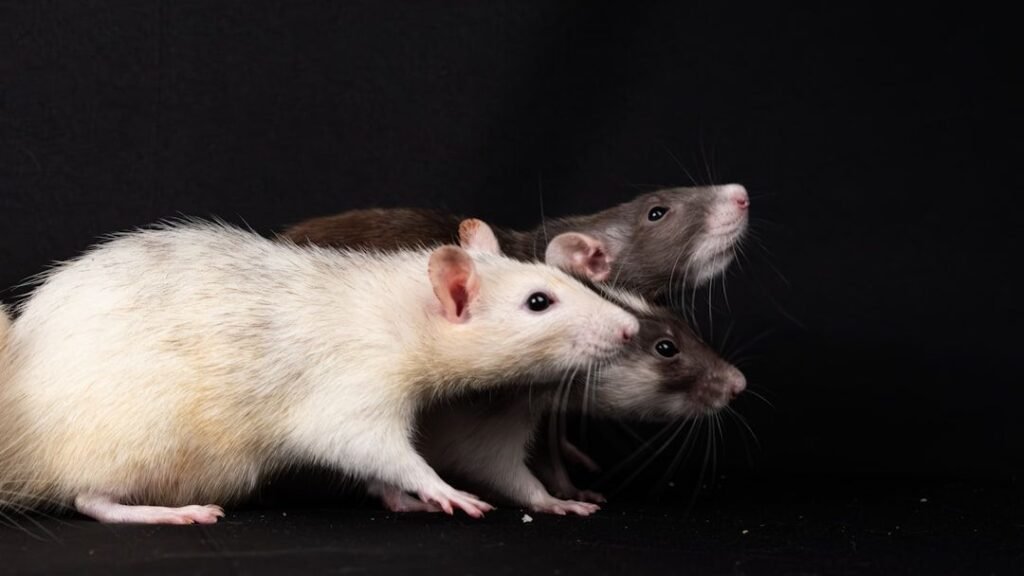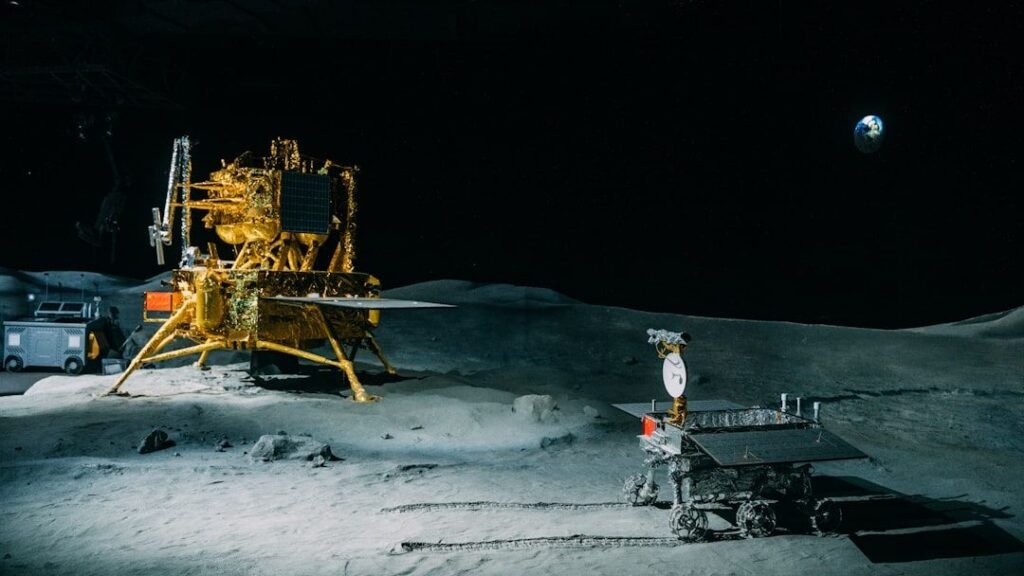They arrive like quiet rumors on a thermal, drawing spirals in the sky until the ground pulls them down to work. Vultures – maligned, meme-ified, misunderstood – are the most efficient clean-up crew in the animal world, and their shift never ends. When they vanish, rot lingers longer, other scavengers crowd in, and bacteria multiply in places they never should. It’s a simple equation with messy consequences, and we’re only just tallying the true cost. The real story is less about doom and more about choices: smart policy, safer drugs, and new tech that could give the world’s janitors a fighting chance.
The Hidden Clues
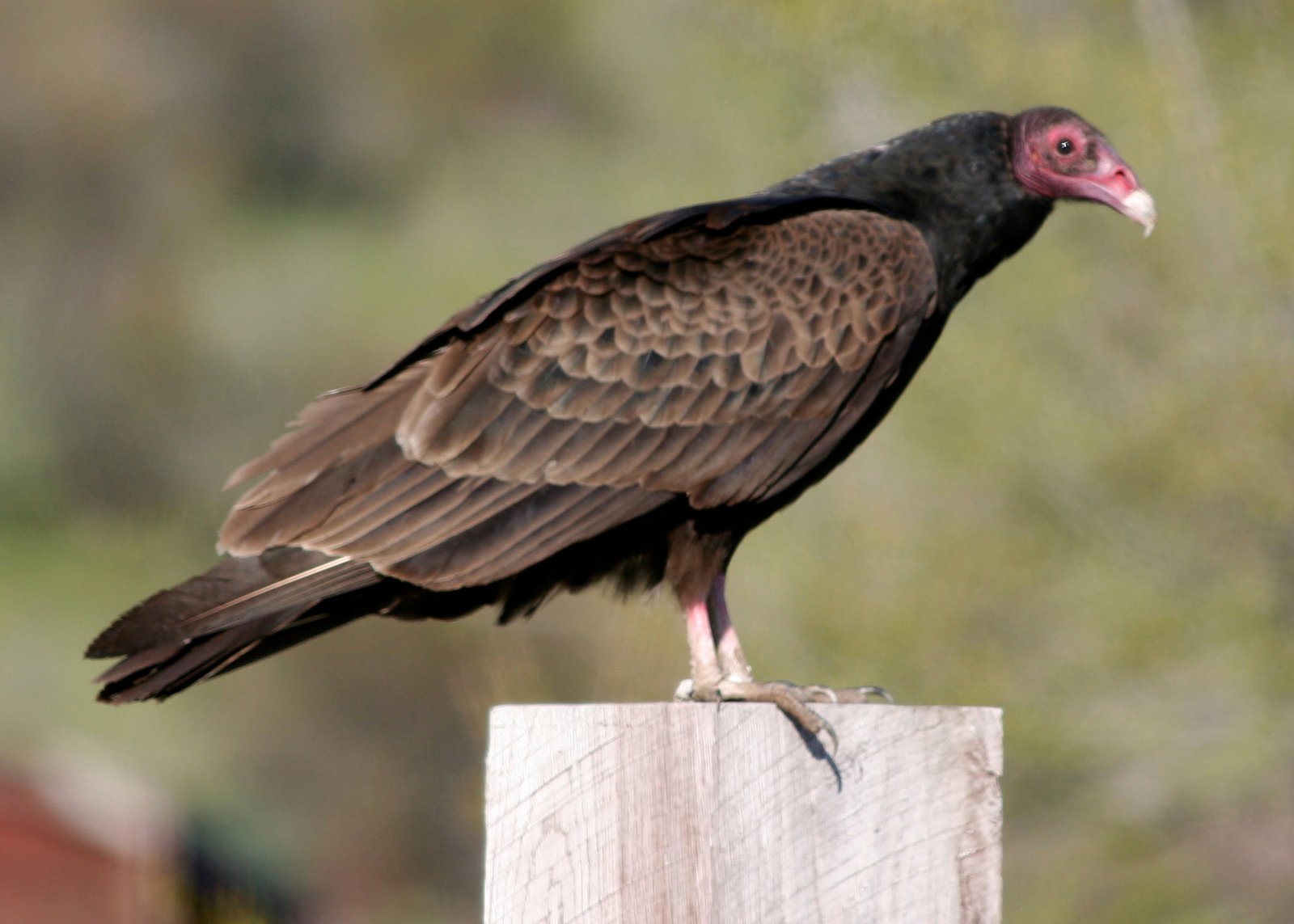
How do vultures find what the rest of us would rather ignore? Start with smell – especially in New World species like the turkey vulture, which can home in on carrion’s sulfur-rich scent from far off, a sensory superpower that pipelines once accidentally exploited. Their high-perch patience helps too: hours of lazy soaring translate into a living map of death below. I still remember my first “kettle” over a Nevada wash, the flock rising in a shimmering column of heat like smoke from an invisible fire. Watching them lock onto a source felt like seeing a detective read a room: every thermal, every circle, was a clue.
Once a carcass is found, precision takes over. Dominant birds slice into the tough parts first, and within minutes the organic chaos is sorted into edible categories. What looks like frenzy is actually choreography built on hierarchy, timing, and a near-surgical sense of which tissues to tackle and when. The result is fast removal, fewer flies and feral scavengers, and a cleaner landscape than any truck-and-rendering fleet could manage on short notice.
From Ancient Tools to Modern Science
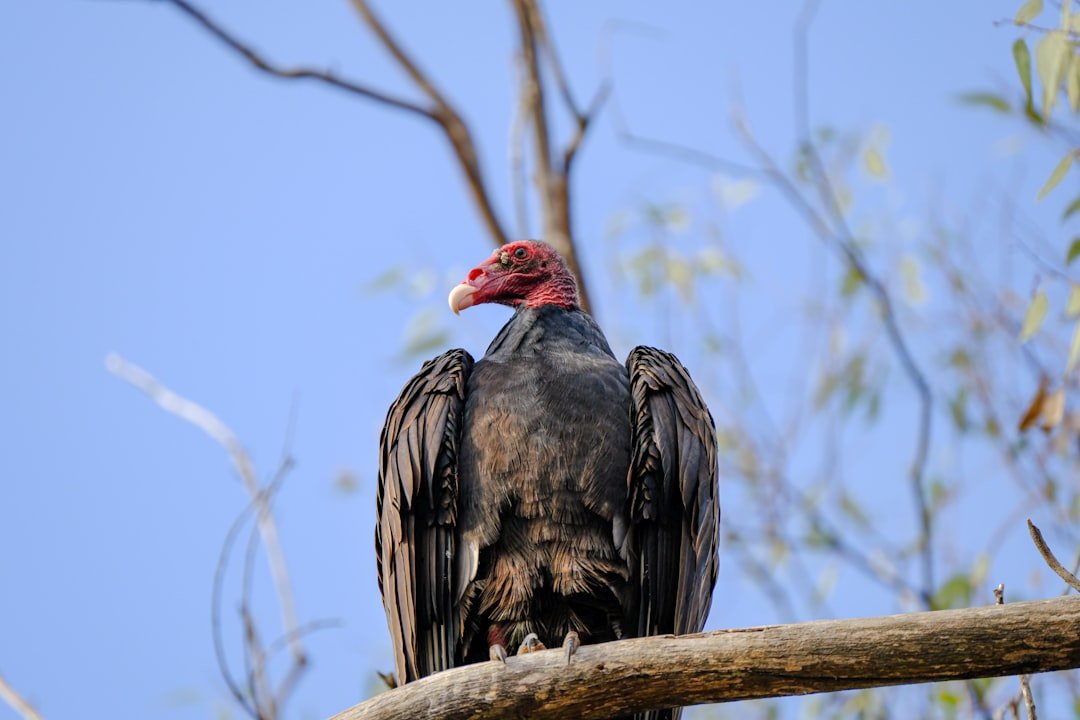
Humans have quietly relied on vultures for millennia – sometimes ritually, often practically, always cheaply. Only recently have we begun to quantify what their absence means. Studies of their microbiome reveal a specialized suite of gut microbes and defenses that let them tolerate pathogens that would sicken other animals, while still limiting their spread in the environment. That specialization is why a vulture can feed on a week-old carcass without collapsing the way a dog might.
Yet the gut story is nuanced: extreme stomach acidity isn’t the whole explanation, and researchers now argue that microbial partnerships and immune adaptations do much of the heavy lifting. The headline is unchanged, though. Vultures convert biohazard into biomass with staggering efficiency, shrinking the time a carcass spends as a disease hub. For public health, speed matters as much as appetite.
The Anatomy of a Sanitation Specialist
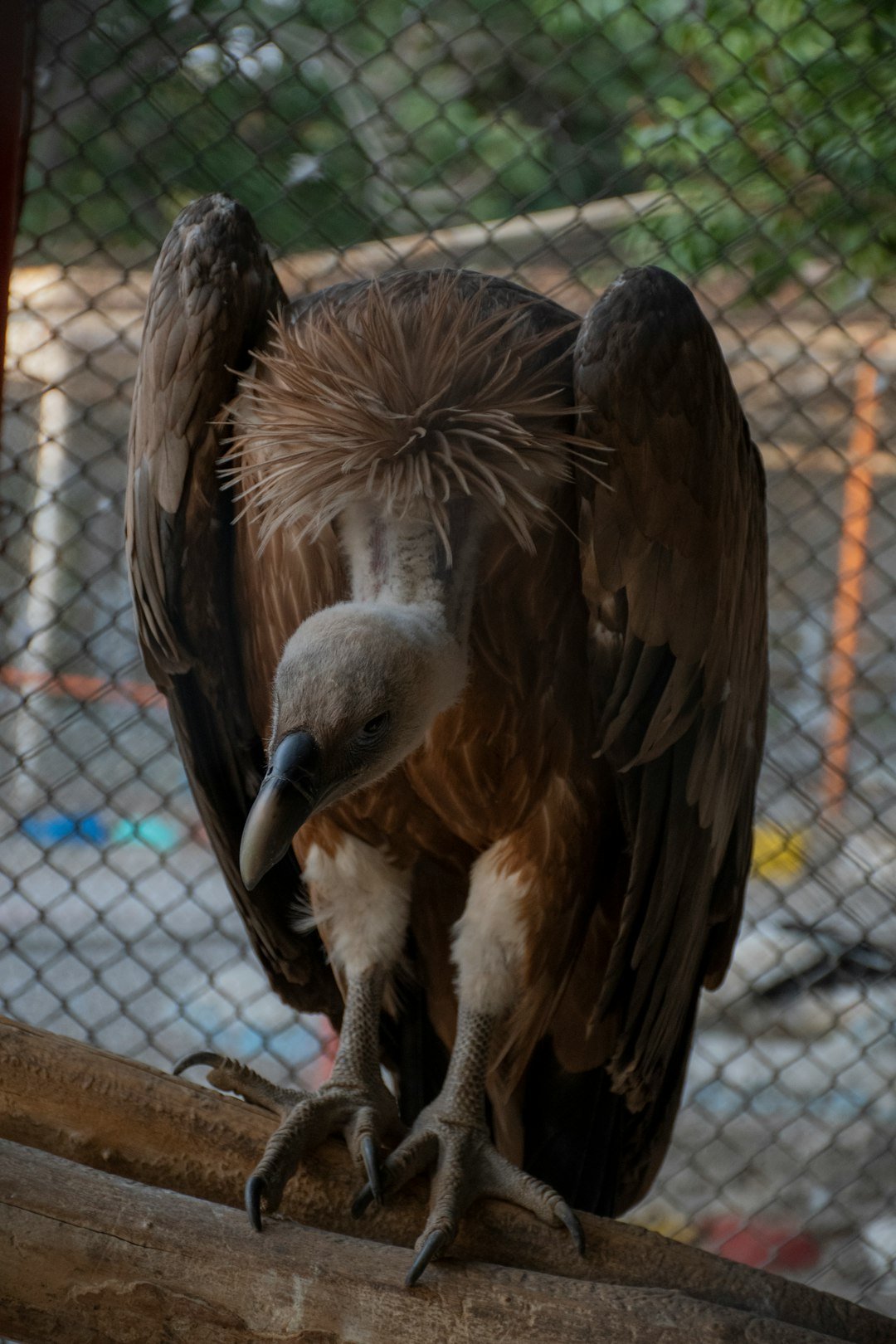
With wingspans stretching wider than the height of many humans, vultures are built for economies of scale. They surf thermals to spare energy, scan vast territories, and then descend with purpose. Their bald heads aren’t just a look; they’re a hygienic design that resists the slime and bacteria that come with the job. Even their urine – acidic and antimicrobial – helps sanitize legs after a messy meal.
This is an animal optimized for a single service: rapid, risk-tolerant carcass removal. In ecological accounting terms, that’s a free municipal service delivered across savannas, rangelands, and deserts. When vultures do the work, fewer carcasses linger, fewer rats and feral dogs gather, and fewer pathogens spill over into livestock and people. It’s the quietest kind of prevention – statistically powerful, visually invisible.
Why It Matters
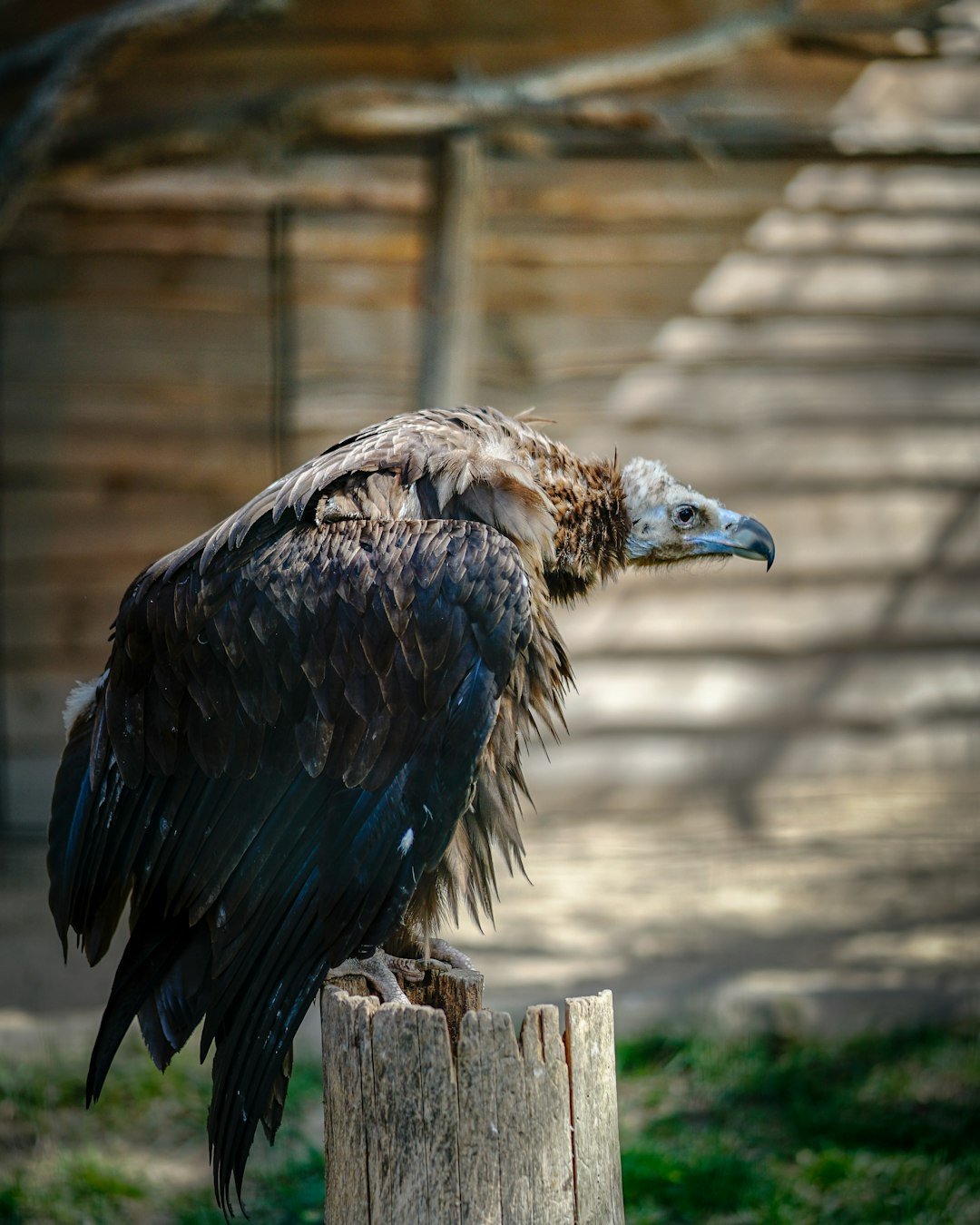
We learned the hard way what happens when you break the system. In South Asia, a veterinary painkiller – diclofenac – proved lethal to vultures that fed on treated livestock, and populations crashed in the late 1990s and early 2000s. Some governments banned the drug for animal use and promoted a safer alternative, meloxicam, but enforcement gaps kept the risk alive. The ecological fallout rippled outward: more rotting carcasses, more feral dogs and rats, and more chances for disease to spread in places already stretched for sanitation resources. In the language of public policy, nature’s janitors turned out to be essential workers you don’t notice until they strike.
Economists later measured the human cost: mortality rose noticeably in districts that lost vultures, implying six-figure excess deaths per year and tens of billions of dollars in damages. That’s not a conservation slogan; it’s an audit. When you compare vultures’ on-call service to traditional carcass disposal – trucks, fuel, renderers, and landfills – the birds win on speed, coverage, and cost. They’re not a luxury. They’re infrastructure.
Global Perspectives
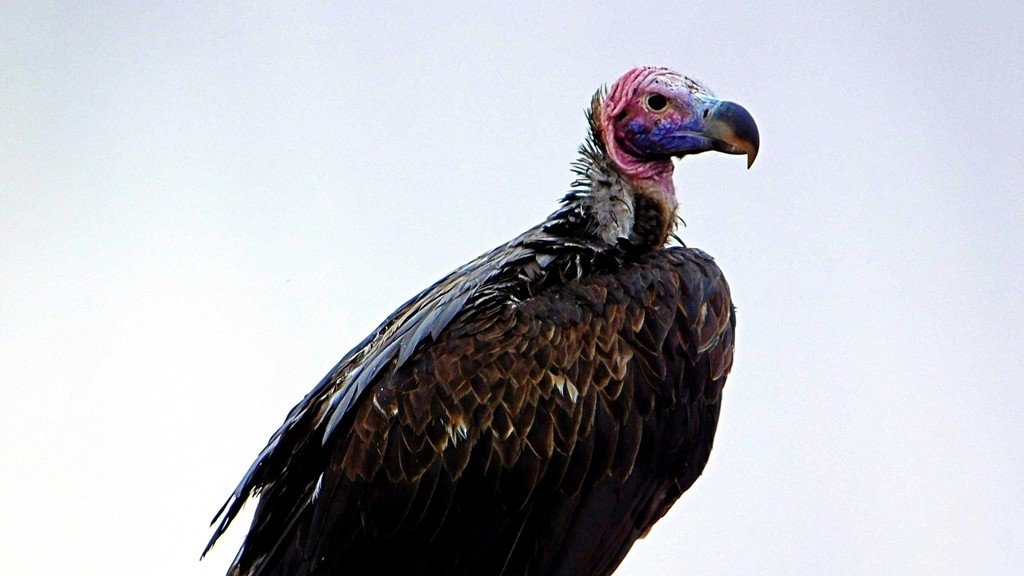
Africa’s vultures are now in the crosshairs, with poisoning – both intentional and accidental – the dominant killer. Poachers sometimes lace carcasses to silence the circling “alarm system” that gives away illegal kills; elsewhere, predator control campaigns unintentionally wipe out entire flocks in a single afternoon. Conservationists are responding with rapid response teams, anti-poison dog units, and community “vulture champions,” but declines remain steep in several species. The stakes are not abstract: when a hundred birds die at one carcass, you lose decades of slow reproduction in one toxic event.
Europe offers a counterpoint: tighter anti-poisoning enforcement, targeted feeding stations, and transboundary action plans have helped stabilize and grow some populations, particularly in Spain. A continent-wide strategy – the Vulture Multi-species Action Plan under the Convention on Migratory Species – gives governments a shared playbook. Even small islands, like Cyprus, now import vultures from healthier populations to avert local extirpation while tackling the root causes. The lesson is sobering but hopeful: coordinated policy works, especially when it pairs enforcement with predictable, safe food sources.
Crisis Points: Drugs, Poison, and Power Lines
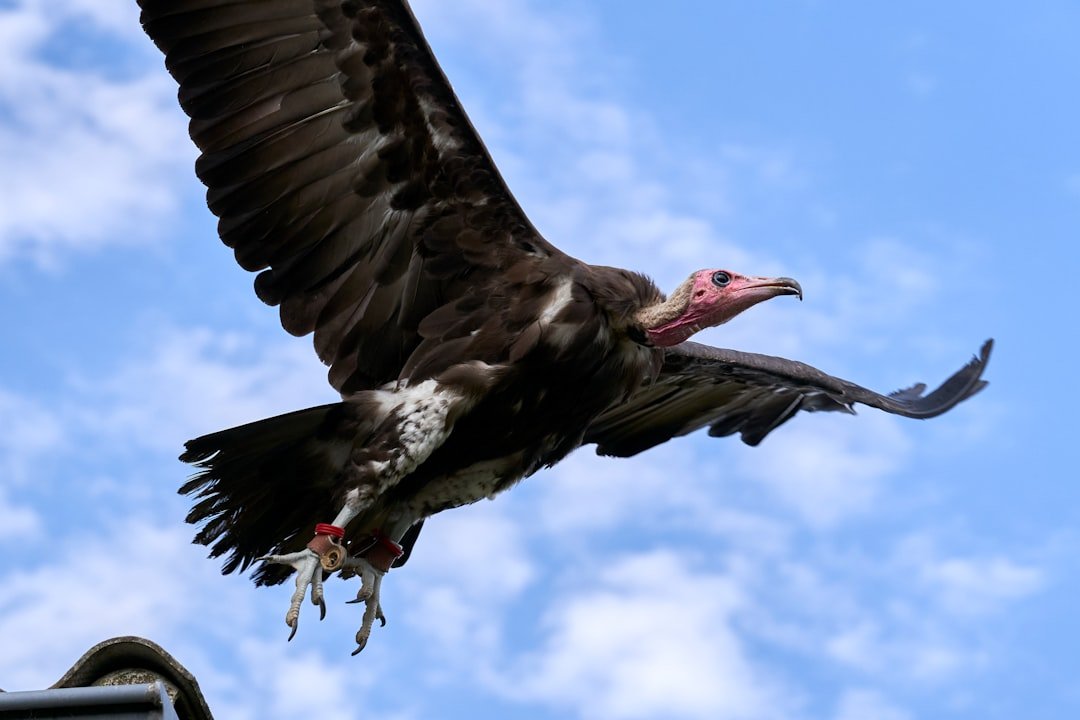
The modern vulture buffet can be deadly. Veterinary drugs like diclofenac and ketoprofen remain a risk where bans are weak or human formulations are diverted to treat livestock, while safer alternatives such as meloxicam need consistent promotion and supply. Poisons meant for predators kill indiscriminately, and power lines or poorly designed pylons turn flyways into obstacle courses. Even when one threat is managed, others surge, and the cumulative toll is unforgiving for birds that breed slowly and live long.
Policy nudges help: stricter enforcement against toxic NSAIDs, routine carcass testing near vulture colonies, insulated power infrastructure in hotspots, and prosecution of poisoning cases. Community reporting networks can stop mass die-offs in progress by triggering rapid carcass decontamination. In other words, the fixes are known; the gap is investment and follow-through. The cost of doing nothing is paid in pathogens, not just in feathers.
Condors, Lead, and the American Test Case
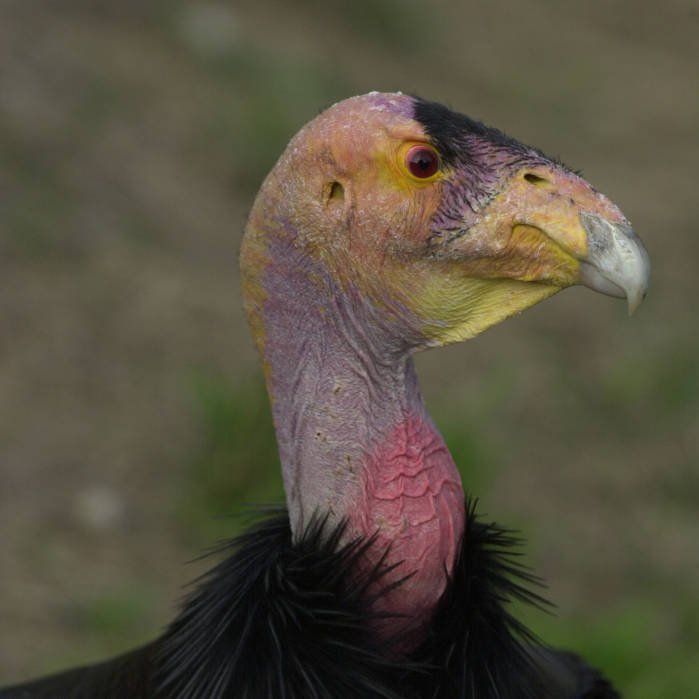
In the western United States, the California condor – North America’s giant scavenger – has taught a similar lesson about unseen toxins. Reintroduced birds repeatedly suffered lead poisoning after feeding on carcasses shot with lead-based ammunition. Scientists traced the exposure to ammunition fragments, and policymakers tried two routes: outreach-driven voluntary shifts to nonlead ammo in some states and full hunting-gear bans in parts of California culminating in a 2019 statewide prohibition. The science is clear, and the policy experiments are ongoing, but the bottom line remains: when the food is clean, condors thrive; when it isn’t, they don’t.
That’s a universal message for scavenger conservation. Lead isn’t the only contaminant, but it is one we can replace today with functionally equivalent alternatives. Hunters, land managers, and wildlife agencies have already shown that switching works without sacrificing tradition or success in the field. It’s a rare win-win: healthier raptors, safer meat, intact heritage.
The Future Landscape
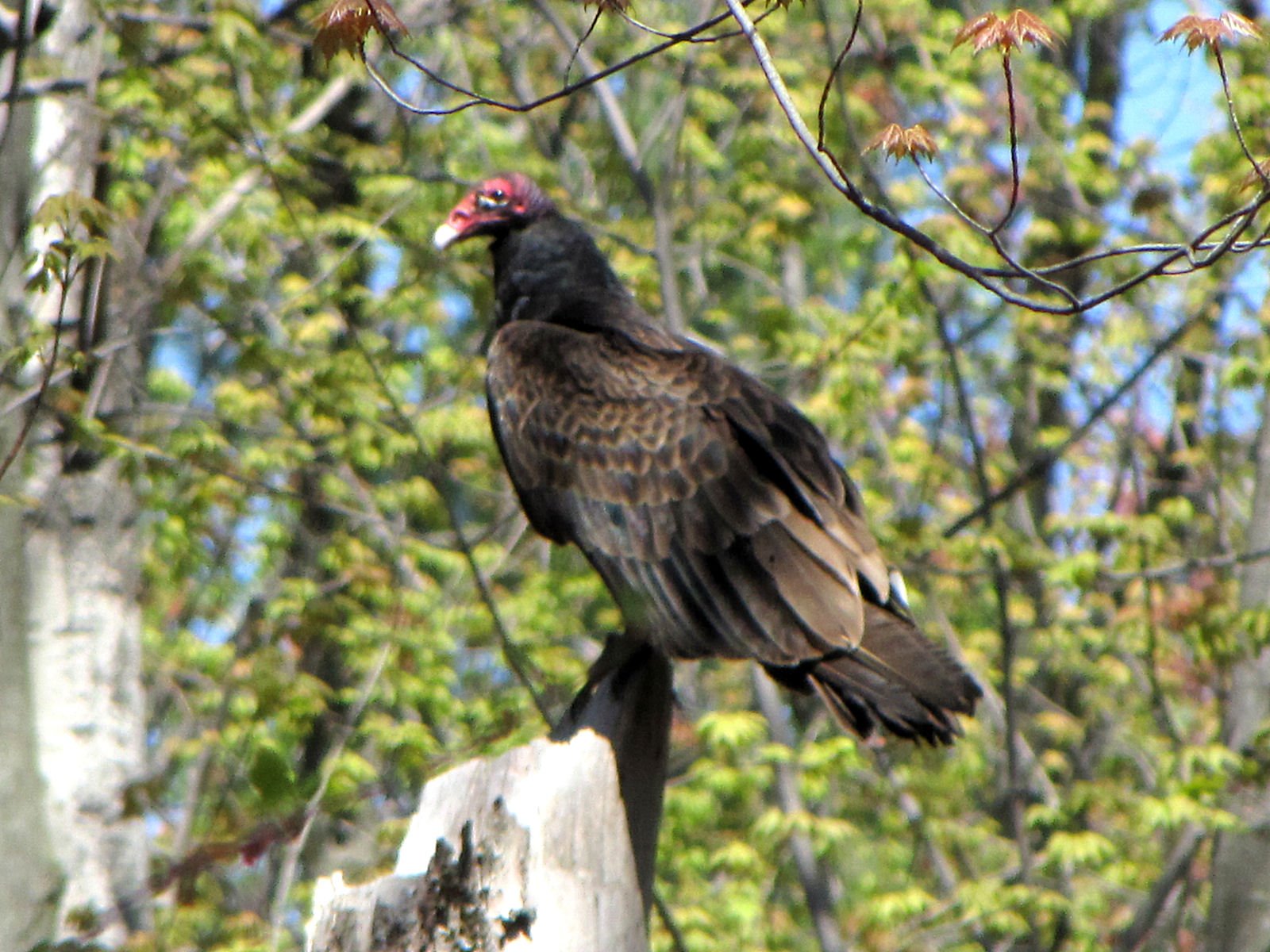
New tools are reshaping vulture protection. GPS tags flag abnormal clustering that may signal a poisoning event; drones and thermal cameras help rangers locate carcasses before they become ecological flashpoints. Disease-surveillance projects are testing whether vultures can serve as real-time sentinels for outbreaks like anthrax, integrating wildlife behavior into public health dashboards. Add in AI models that predict risk zones for power-line collisions, and you have a proactive playbook rather than a reactive one.
The hardest problems are social: enforcing drug regulations, aligning pastoralist needs with predator control, and sustaining funding long after the headlines fade. Still, targeted “vulture safe zones,” safe-feeding networks that avoid perverse dependence, and cross-border action plans point in the right direction. If we treat vultures as critical infrastructure – monitored, maintained, and budgeted for – the dividends will show up in fewer outbreaks, fewer clean-up bills, and more birds riding the thermals where they belong.
What You Can Do Now
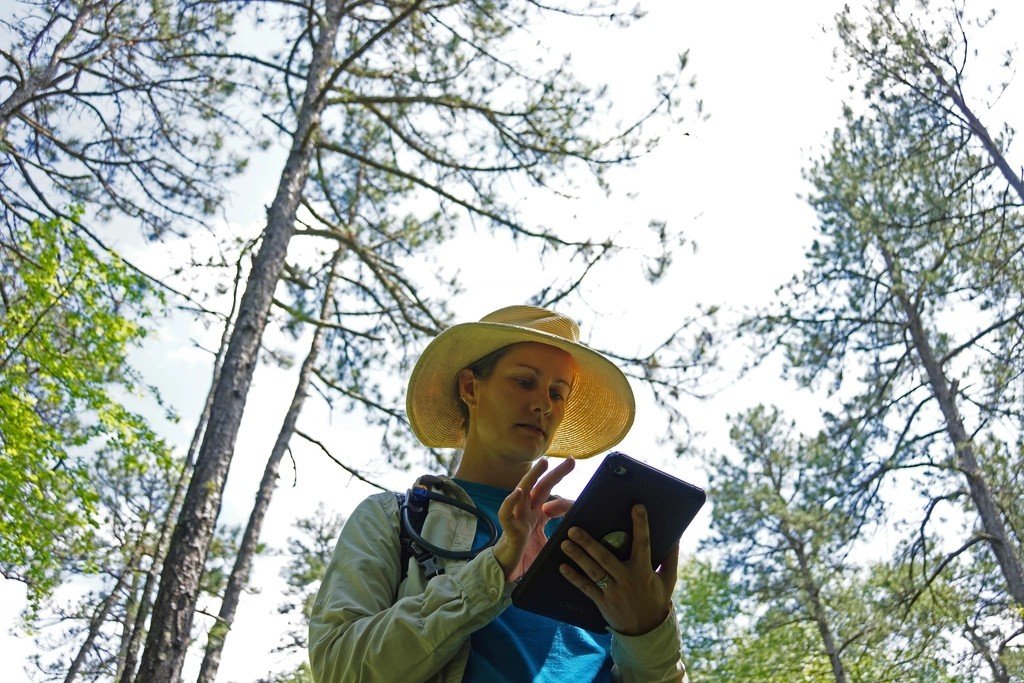
Make the invisible visible where you live. If you hunt, consider switching to nonlead ammunition and encourage your circle to do the same; the technology exists and the performance is solid. If you ranch or manage livestock, ask your veterinarian about meloxicam and help keep diclofenac and other toxic NSAIDs out of the carcass chain. If you work in utilities or local government, push for insulating dangerous lines in raptor hotspots and support rapid response teams that decontaminate poisoned sites before mass deaths spiral.
For everyone else, start with attention. Report suspected poisonings to local wildlife authorities, support groups that run anti-poisoning units and rehab centers, and share accurate information when sensational myths make the rounds online. The job description of a vulture is simple: find the mess, make it disappear. Ours is even simpler: stop making their work deadly.

Suhail Ahmed is a passionate digital professional and nature enthusiast with over 8 years of experience in content strategy, SEO, web development, and digital operations. Alongside his freelance journey, Suhail actively contributes to nature and wildlife platforms like Discover Wildlife, where he channels his curiosity for the planet into engaging, educational storytelling.
With a strong background in managing digital ecosystems — from ecommerce stores and WordPress websites to social media and automation — Suhail merges technical precision with creative insight. His content reflects a rare balance: SEO-friendly yet deeply human, data-informed yet emotionally resonant.
Driven by a love for discovery and storytelling, Suhail believes in using digital platforms to amplify causes that matter — especially those protecting Earth’s biodiversity and inspiring sustainable living. Whether he’s managing online projects or crafting wildlife content, his goal remains the same: to inform, inspire, and leave a positive digital footprint.


